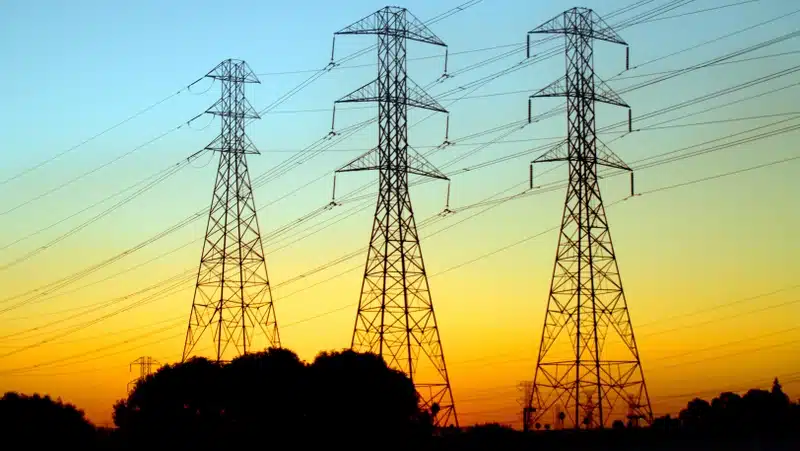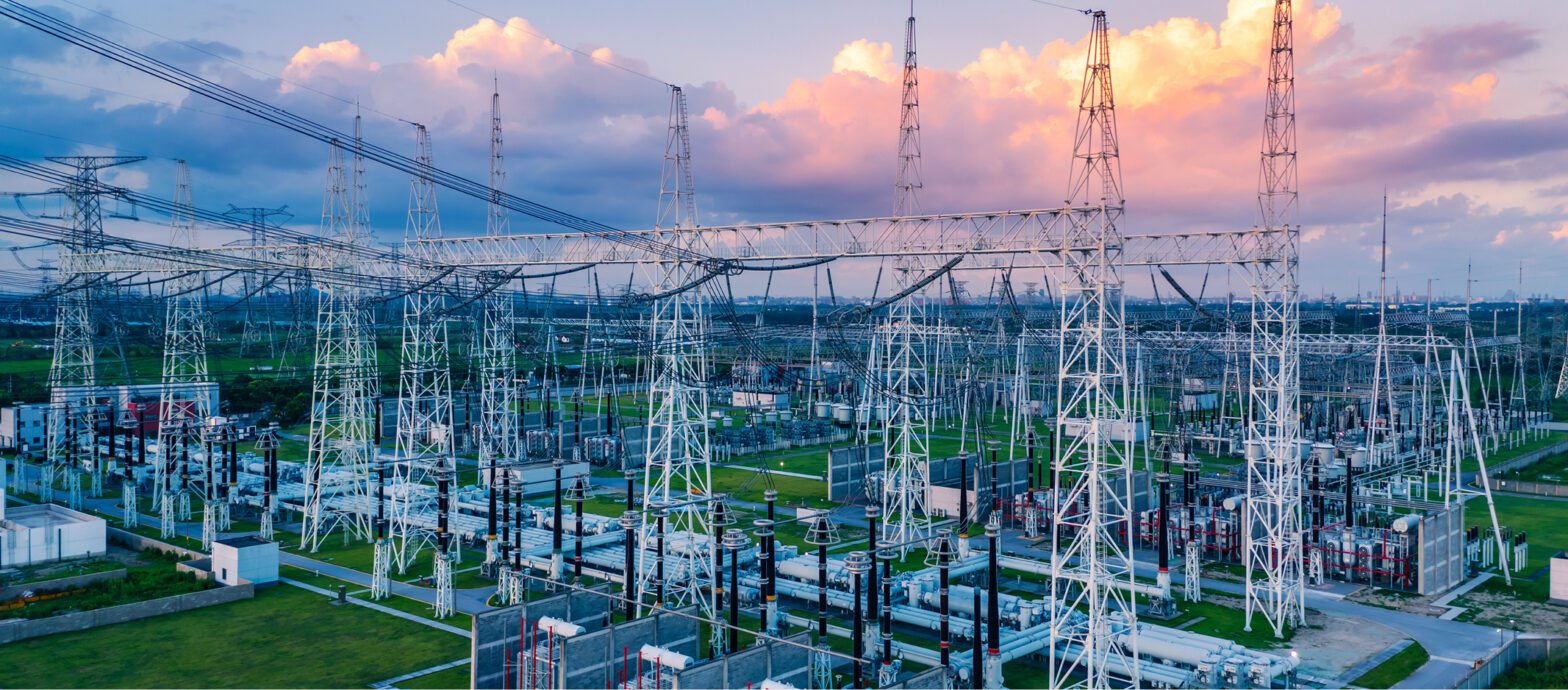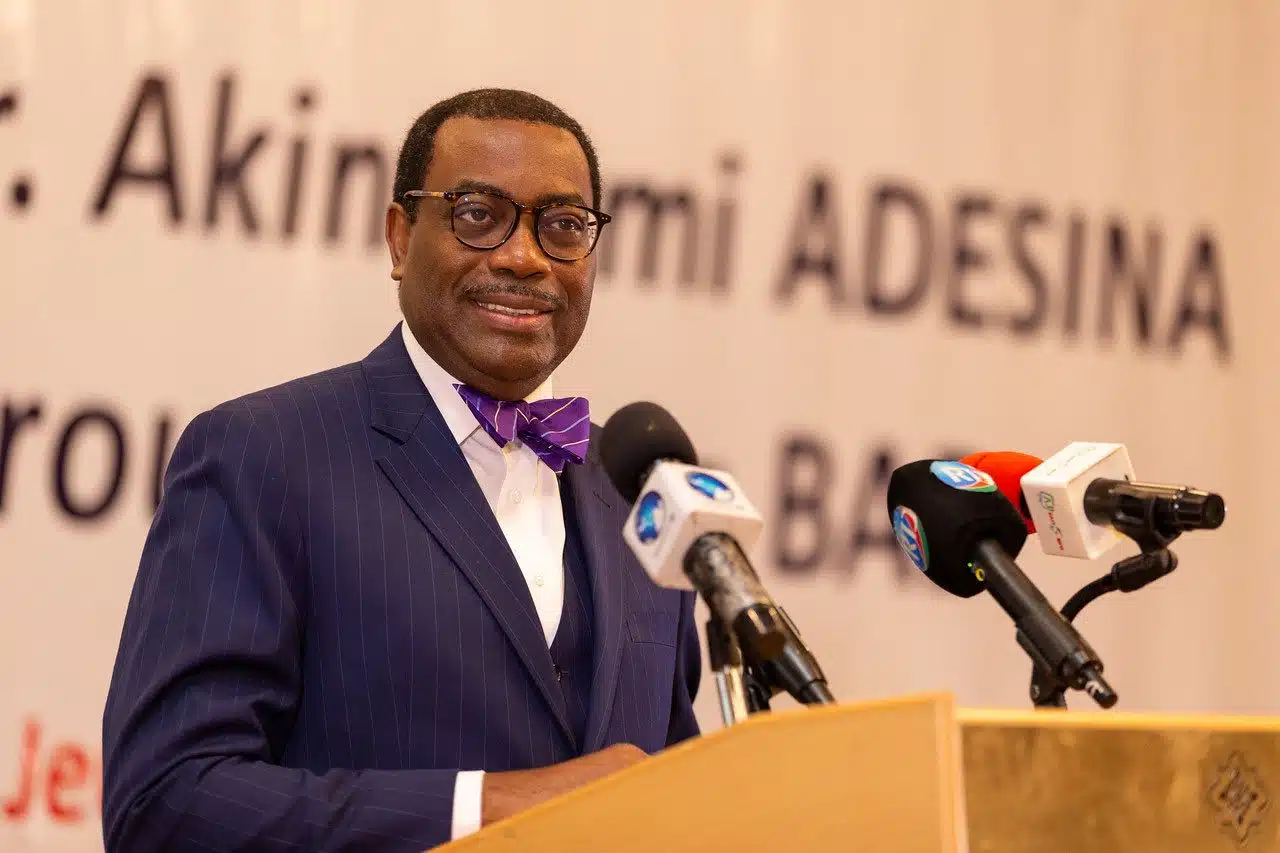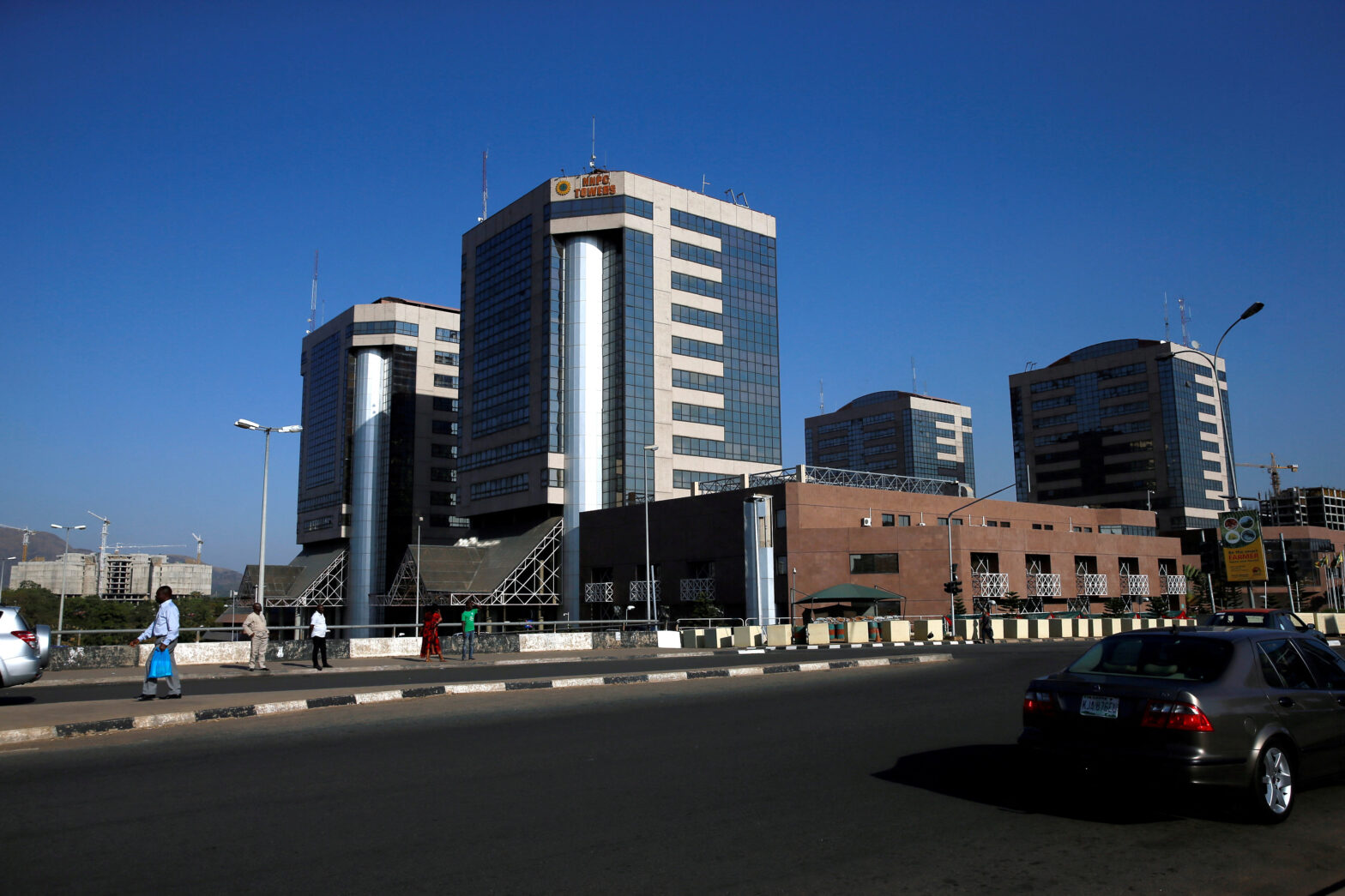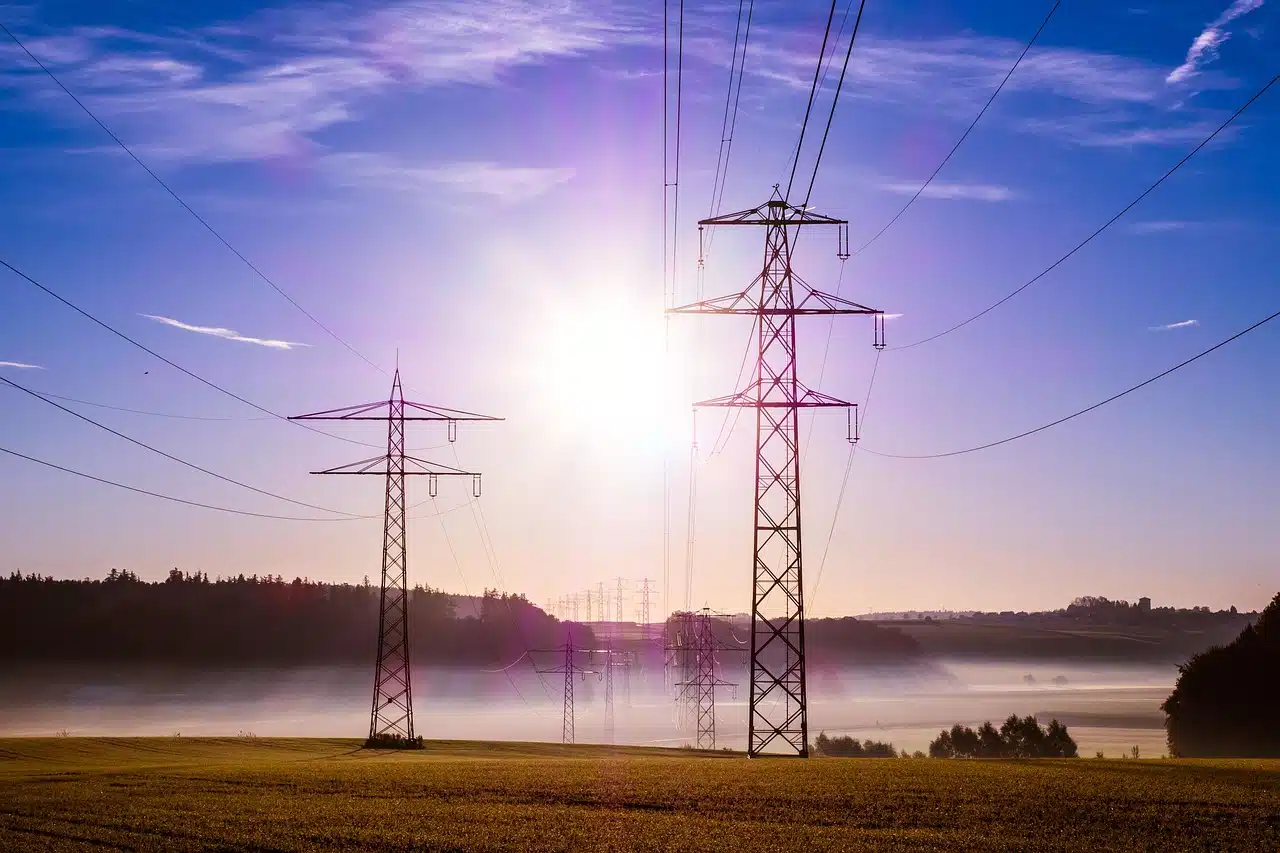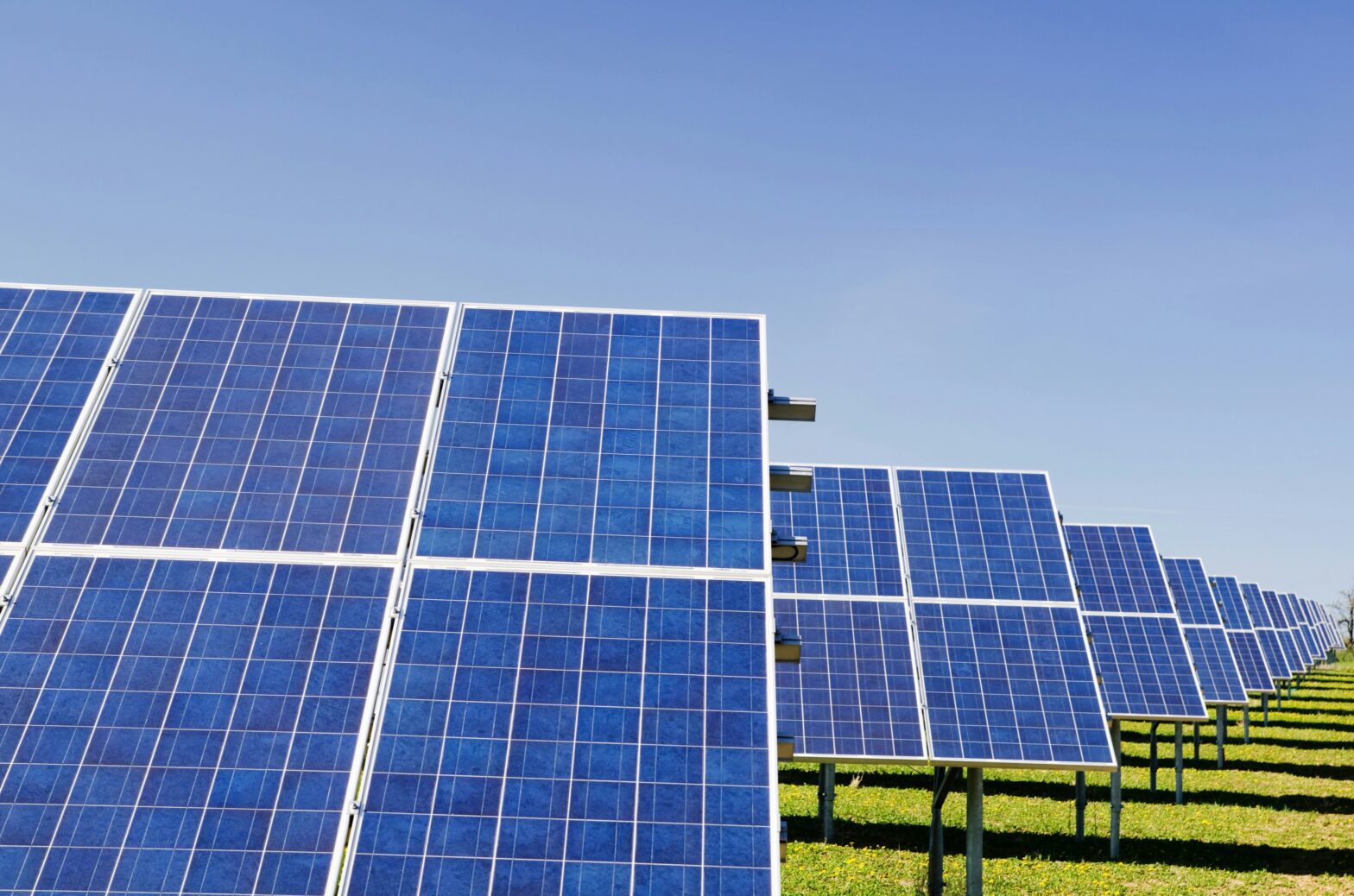Nigeria’s electricity sector is undergoing significant shifts, with demand declining by about 6% in 2024, according to the latest International Energy Agency’s (IEA) Electricity 2025 report.
The report highlights some key trends shaping the country’s power landscape, from persistent gas supply constraints to the growing role of renewables in the energy mix.
It also examines how policy changes and infrastructure investments are influencing electricity generation, distribution, and access.
As Nigeria works to expand electrification and integrate more renewable energy sources, challenges remain, particularly in the reliability of gas-fired power plants, which still account for the majority of generation.
Meanwhile, solar PV adoption is rising, especially in rural areas, as a decentralized solution to energy access.
The IEA’s latest analysis provides a comprehensive look at these developments and their implications for the country’s power sector.
The report explores emerging trends such as growing electrification, expanding power systems and an increasing share of weather-dependent energy sources in the generation mix.
Here are five key details on Nigeria electricity sector outlined in the report:
1. Increased electricity access and demand
Electricity access in Nigeria rose to 70% in 2023, which has gone up from 50% a decade ago. However, rural access remains low with 40% of residents with access to electricity, compared to nearly 95% in urban areas.
Also, electricity demand declined by 6% in 2024 but is projected to grow by over 5% annually from 2025 to 2027.
2. Installed electricity capacity vs available capacity
The report also reveals that Nigeria’s installed electricity capacity increased to 14 gigawatts(GW) in 2024 with the addition of the Zungeru hydroelectric plant.
Despite this addition, in the first half of 2024, the average daily available capacity was 4.14 GW, slightly lower than the 4.54 GW recorded in 2023.
The causes of the discrepancy have been attributed to gas shortages, ageing infrastructure, and electricity vandalism.
One factor behind the discrepancy is the performance of gas-fired power plants, which account for 77% of generation.
Many have faced operational challenges, with some experiencing availability factors as low as 5% due to limited gas supply.
3. Renewables and rural electrification projects
The IEAreport also confirms that hydropower remains the dominant renewable energy source in Nigeria, but solar PV is gaining traction, particularly in rural areas where it serves as a key distributed energy solution.
To accelerate rural electrification, Nigeria’s Rural Electrification Agency (REA) has signed Memorandums of Understanding (MoUs) for 1.26 GW of decentralized renewable energy (DRE) projects.
These projects, which include mini-grids and standalone solar systems, aim to expand electricity access in under-served communities and reduce dependence on fossil fuels.
4. Power sector reforms and tariff adjustments
Interestingly, the report explains that the Nigeria’s Electricity Act 2023 decentralised power generation and distribution, enabling states to create local electricity markets.
IEA stated that, for instance, Lagos State in Southwestern Nigeria is leading with plans for an electricity market independent of the national grid.
The Lagos State Electricity Bill 2024 aims to set up a comprehensive framework for a sustainable and competitive electricity landscape in the state, with a particular emphasis on enhancing infrastructure, promoting renewable energy adoption and ensuring consumer protection.
Electricity tariffs for high-paying customers (Band A, highest tariff category, who are guaranteed 20 hours of electricity daily) were raised, and gas prices for power generation increased by 11% to reduce subsidies and move toward cost-reflective tariffs.
5. Sectoral challenges and infrastructure improvements
Lastly, the IEA report emphasises the role of gas shortages, vandalism, and ageing infrastructure led to grid instability, with increased grid collapses in 2024.
Meanwhile, the document highlights that the Minister of Power commissioned five transformer installation projects under the Presidential Power Initiative, which are expected to enhance transmission wheeling capacity by 272 megawatts(MW).
Also, the Nigerian Electricity Regulatory Commission (NERC) issued an order to establish an Independent System Operator for Nigeria.
This new entity will take over all market and system operation contracts and obligations previously managed by the Transmission Company of Nigeria (TCN).
According to IEA, this reform would mark a significant step forward in Nigeria’s decentralisation of the electricity sector.

